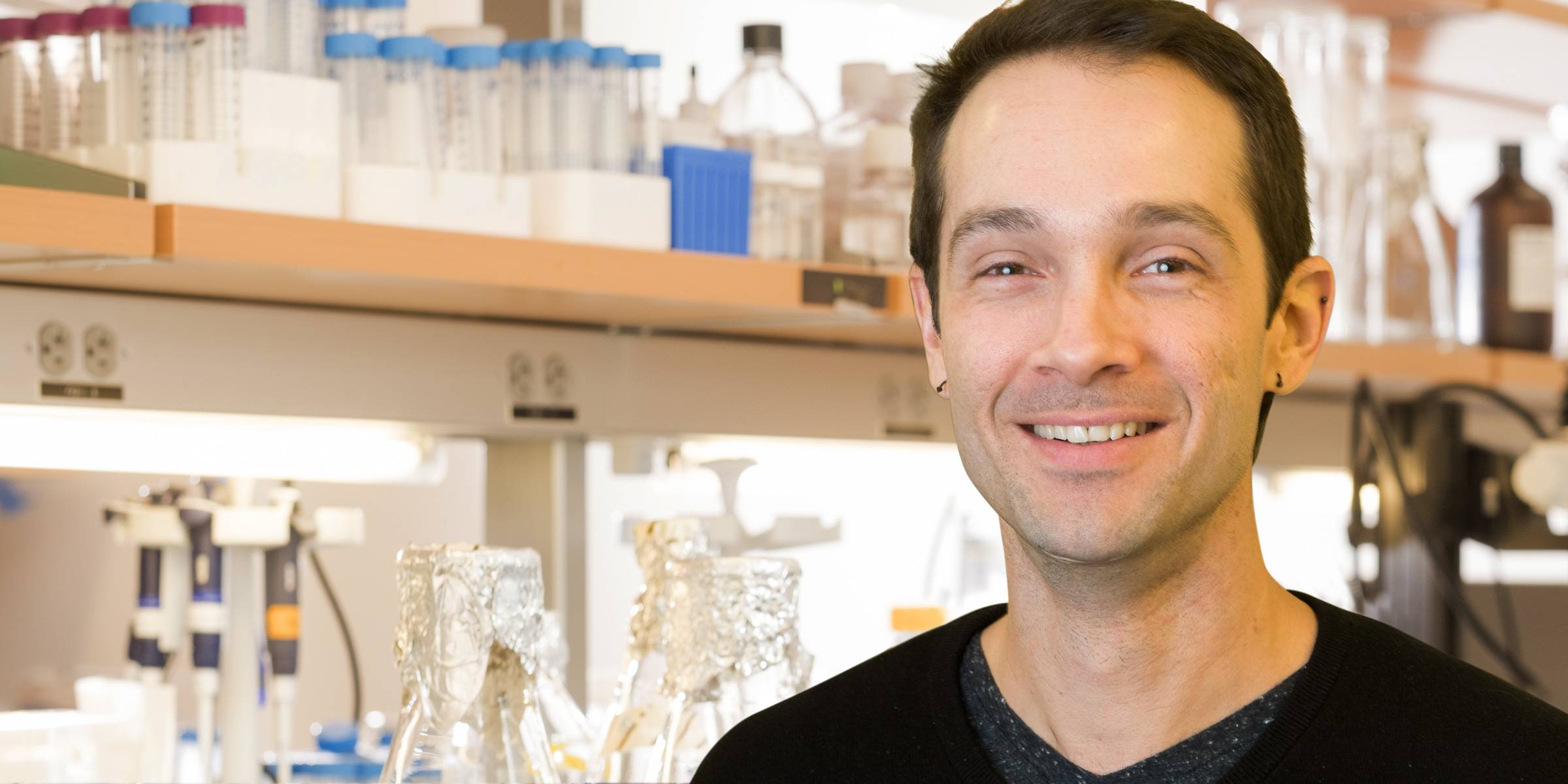Daniel Mucida, Ph.D.
Professor
Investigator, Howard Hughes Medical Institute
- Laboratory of Mucosal Immunology (opens in new window)
At the surface of the intestinal lining, immune responses are carefully balanced: Invasive pathogens must be eliminated or excluded, while nutrients and trillions of commensal microbes must be tolerated. Mucida studies how the immune system associated with intestinal mucosae maintains this careful balance by generating efficient protective responses without jeopardizing its tolerance to innocuous foreign substances.
The human intestinal mucosae, with an area of about 300 square meters, form the largest body surface exposed to the outside world. An estimated 10 trillion commensal bacteria reside within the gut, and each day, about 100 grams of dietary protein passes through. Although the majority of these potential antigens are harmless, the intestine is a major entry point for viruses, pathogenic bacteria, fungi, and parasites.
To mediate immunity over such a large and active area, the intestine contains more lymphocytes than the rest of the human body. These cells must act rapidly and efficiently to protect the gut, while also avoiding unregulated or excessive immune responses that could lead to allergies and severe inflammatory bowel diseases. In a healthy gut, the immune system strikes a balance between responsiveness and tolerance.
Mucida studies the mechanisms behind these two competing immunological functions, and what happens when either is compromised. His lab is testing the hypothesis that distinct signals from lymphocytes’ spatial niches within intestinal tissue determine these cells’ pro- or anti-inflammatory activity. Currently, the nature of such environmental cues and the mechanisms by which they influence immune cells’ adaptation are not well understood.
A major focus of the lab is the development and function of leukocytes that are stimulated by antigens and other cues from the surrounding intestinal tissue. These include intraepithelial lymphocytes (IELs), a class of specialized T cells found within and just below the intestinal epithelium. The lab’s work has demonstrated a remarkable degree of plasticity in these cells, which constantly survey the entire epithelial layer. Mucida’s ongoing work continues to define how IELs contribute to the immunological balance within the gut, including their role in protecting against infections and regulating colorectal cancer.
Located within the intestinal muscularis, neurons that innervate the gut’s lining also send signals to gut immune cells, and the lab investigates the hypothesis that the enteric neurons quickly sync immune responses across a large area. The lab also studies whether immune cell function can influence the activity of local or distally connected neurons. A pioneering study from the lab found that, in a luminal infection, norepinephrine from sympathetic neurons activates a tissue-protective gene program in muscularis macrophages. More recently, the lab described a role for this macrophage population in protecting neurons from infection-induced cell death. Mucida continues to study how such neuro-immune communication might help control inflammation, and how its loss can lead to tissue damage and inflammatory disorders.
Cues from within the intestinal lumen can also affect tolerance of innocuous antigens throughout the body. Mucida is working to better understand the mechanisms behind this phenomenon, known as oral tolerance. His lab has determined that only classical dendritic cells are required to generate the tolerance-inducing peripheral Tregs necessary for oral tolerance. He is now further investigating the means by which cues from the intestinal lumen are disseminated.
Mucida is a faculty member in the David Rockefeller Graduate Program, and the Tri-Institutional M.D.-Ph.D. Program.
